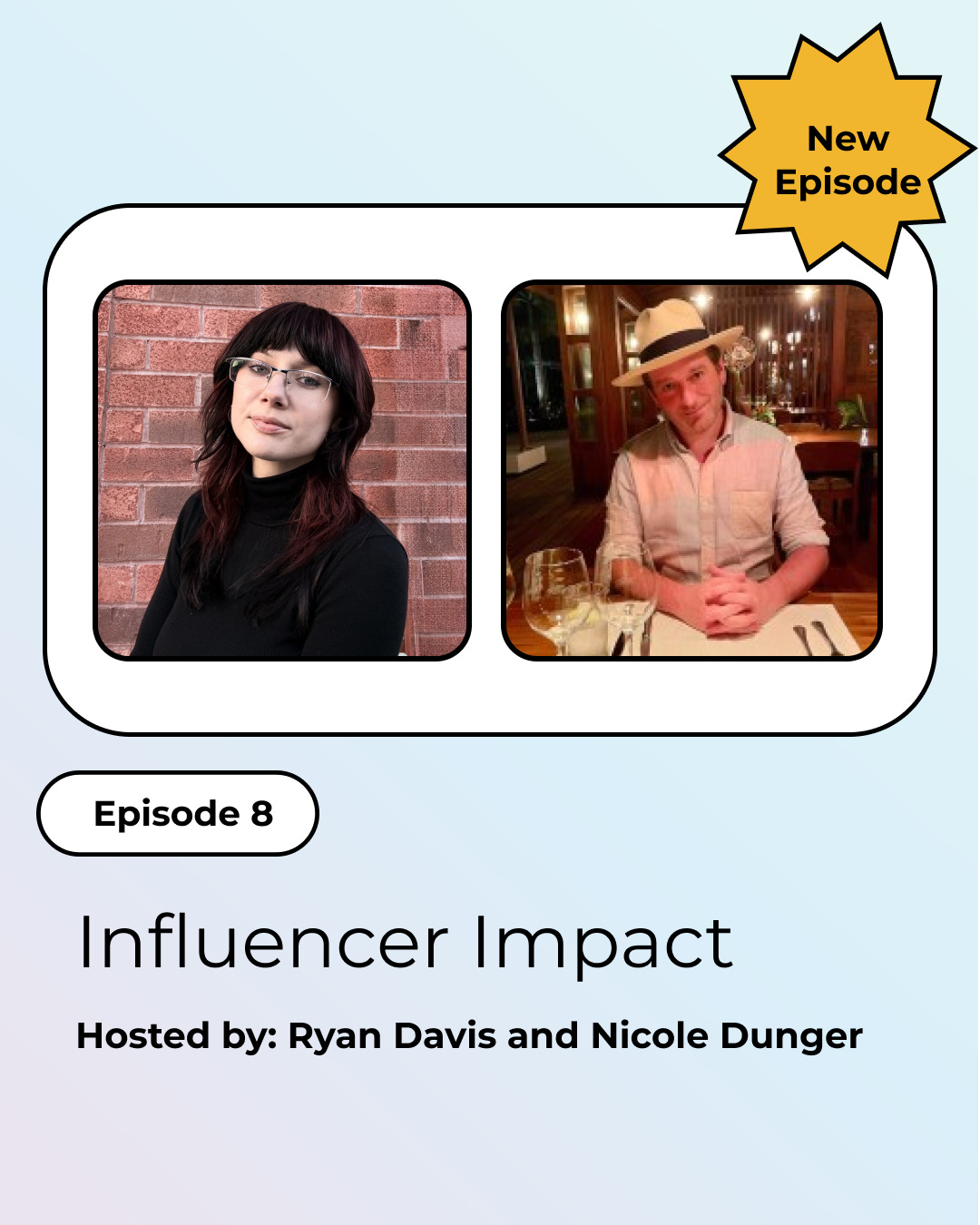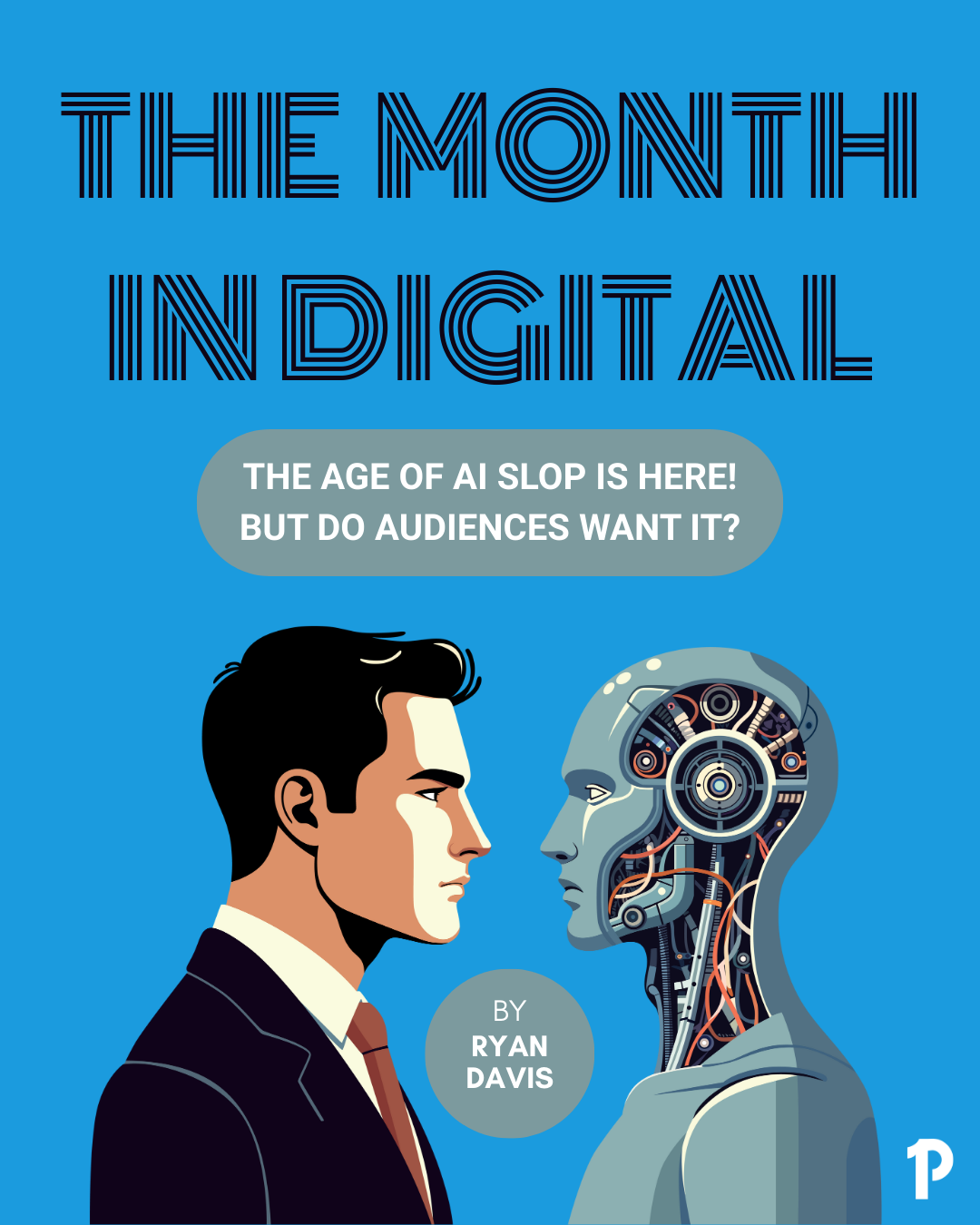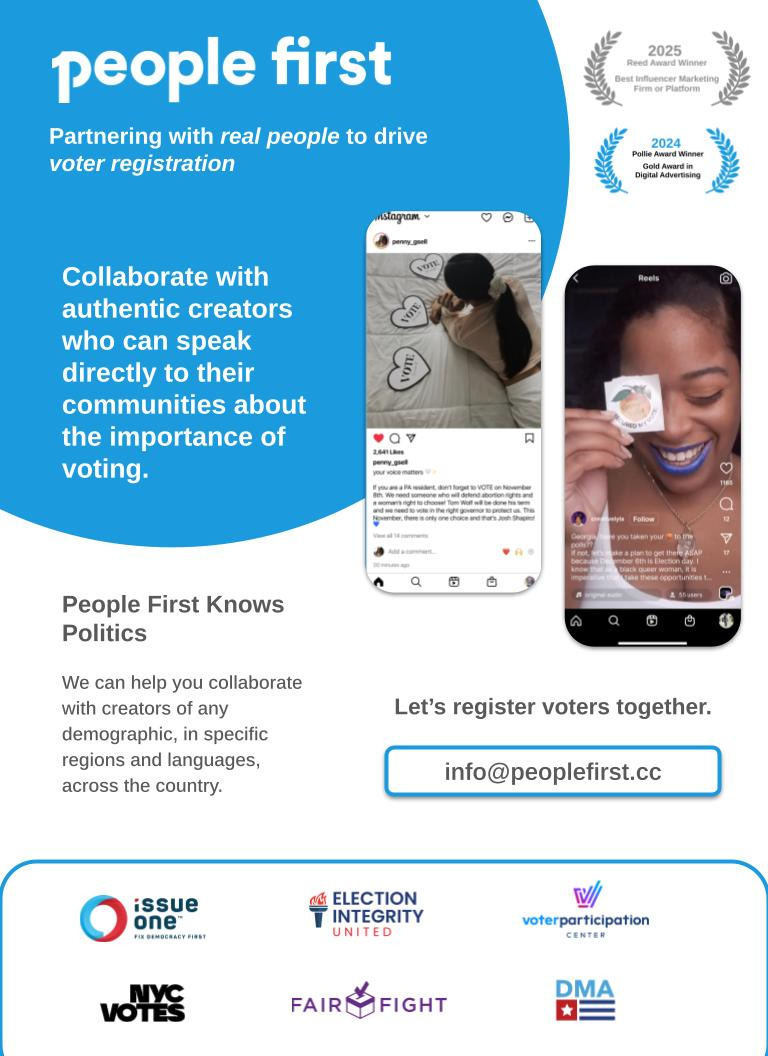Modern Problems With An Old Playbook
What it really means to build campaigns for today’s media landscape
Hey Everyone!
Welcome back to another edition of Influencer Impact. It’s been a minute, but it was so fun to see familiar faces, and meet so many of you, at Netroots! I always love an excuse to connect (and drink) with everyone working so tirelessly to make an impact in our communities. We deserved a minute to celebrate! But now that we had our moment, it’s time to dive into where we go from here.
There’s been a lot of chatter around Democratic digital strategy, and we’re finally putting our thoughts on the record. Buckle up, it’s time to talk influencers, missed opportunities, and what needs to shift before 2026.
Nicole
VP, Growth & Partner
peoplefirst.cc
Democrats Are Falling Behind in Voter Registration, But Creators Can Help
By Ryan Davis
Democrats are losing ground in voter registration across the country.
From The New York Times: “Of the 30 states that track voter registration by political party, Democrats lost ground to Republicans in every single one between the 2020 and 2024 elections, and often by a lot.”
This decline comes in an era when Democrats have become the party of the likelier voter. As the saying now goes, when people don’t vote, Democrats win. That means traditional non-partisan voter registration drives could actually backfire by adding more MAGA voters to the rolls than Democrats.
Aaron Strauss, a data scientist who has studied Democratic mobilization for years, warned in a pre-2024 memo: “If we were to blindly register nonvoters and get them on the rolls, we would be distinctly aiding Trump’s quest for a personal dictatorship.”
However, creator content can help lead the way for more targeted C3 and C4 voter registration efforts.
C4 groups, which are permitted to use explicitly political messaging, can register likely Democratic voters with partisan appeals. For example, “Democrats support quality healthcare for all. Register to vote to make this a reality.” When paired with the right messengers such as college aged women, who already tend to lean Democratic, these campaigns can drive targeted results.
While C3 groups cannot be overtly political, they can partner with creators who reflect the demographics and geographies of likely Democratic voters, helping to build cultural relevance, trust, and a more targeted audience.
Both types of groups can amplify creator campaigns through targeted paid media. For example, showing content made by college women in Ohio to other college women in Ohio. That surround sound effect normalizes voting within peer groups by showing that people who look like you, live where you live, and share your experiences are voting, and you should too.
If Democratic groups and funders want voter registration to benefit Democrats and not MAGA, they must invest now, and creators should be central to that strategy.
The clock is ticking:
“Any hope that the drift away from the Democratic Party would end organically with Mr. Trump’s election has been dashed by the limited data so far in 2025. There are now roughly 160,000 fewer registered Democrats than on Election Day 2024, according to L2’s data, and 200,000 more Republicans.”
A Strategic Miss, Not Just a Funding Mess
By Nicole Dunger
Last week’s WIRED piece on dark money and influencer funding has caused quite the drama in the comments sections. Everyone’s trying to parse what’s true, who knew what, and whether the strategy made any sense to begin with. But strip away the funding drama, and what you’re left with is a fundamental issue: this campaign isn’t failing because of how it was funded. It misses the mark because the strategy was dated.
Coming out of the 2024 cycle, it felt like there was finally consensus: Democrats have to get serious about influencer engagement. People don’t get their information from TV ads anymore. They hear it from people they follow, people they trust. And from where we sit, that shift is real. But what happened here wasn’t a modern strategy. It was a rushed attempt to retrofit traditional comms tactics into a digital format.
The program leaned almost exclusively on political commentators and creators who essentially function like progressive digital broadcasters. That’s not inherently wrong, those voices matter and absolutely have a place. But if the goal was to expand reach, this missed the mark. Relying on explainers and punditry means you’re still preaching to the choir.
If we’re serious about competing with the right, we need to be embedded in the digital spaces where culture is shaped—not just where politics is debated. That means working with creators who rarely post about politics. People whose followers see them as a peer, not a political brand. People who can frame key issues through the lens of their lived experiences whether that’s parenting, small business ownership, or pop culture experiences.
The algorithms are designed to reinforce people’s preferences. If we only activate one type of messenger, we only reach one type of voter. Influence is real. But if we want it to work, we have to meet people where they are without expecting them to come find us first.
Two previous articles that give more context on the differences between political and non-political creators, as well as macro vs. micro creators:
How Trump and RFK Jr. Leveraged Microinfluencers to Drive the "Make America Healthy Again" Message - Women with followings of 1,000 to 10,000 led the conversation.
Meeting in the Middle: Political vs. Non-Political Creators in the 2024 Election -Exclusive new data examines the differences in audiences reached by political vs. non-political creators during the 2024 Presidential Election.
Influencer Impact Episode 8: Ryan & Nicole on Netroots Nation and the Democratic Voter Registration Crisis
On this episode, Ryan and Nicole unpack The New York Times report on the decline in Democratic voter registration and discuss how creators can help turn the tide. Plus, Nicole shares highlights from her recent trip to Netroots Nation!
People > AI Slop
Our CEO Ryan Davis wrote on what he calls “the age of AI slop.” From AI emails and search results nobody asked for to mass-produced content flooding social feeds, Ryan looks at how platforms like Meta, Google, and TikTok are embracing machine-generated creative even as audiences show deep skepticism. The piece breaks down new data showing consumers distrust AI content, its spillover effect on advertising, and why brands that highlight real people and proof of craft will win. It’s a must-read for any strategist thinking about the future of authentic marketing in an AI-saturated landscape.
August’s Month In Digital
Monday’s Month in Digital recaps August’s biggest stories: BlueSky’s Mississippi shutdown, TikTok’s latest ban drama, Meta’s three-act AI retreat, and why GenAI keeps flopping. Plus, creators are doubling their rates, Instagram’s ghost town maps, and yes—a pickle with 98M views. Catch up on everything you missed here.










